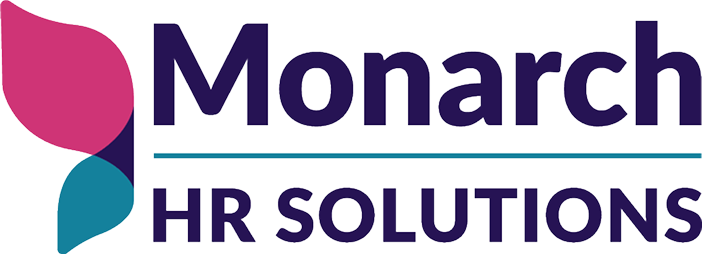By Kimberly Kafafian
I started my HR career in compensation. Part of my responsibility at that time was to market price entire departments to ensure external competitiveness. I remember how bizarre – and deeply bothersome – it was to focus on external competitiveness while being forced to ignore the disparate pay levels between men and women within the same department. In every department, there was always one “outlier” – someone who made a tremendous amount more than the rest of their peers. And yes, that person was always a white male.
Despite the fact that women have earned more bachelor’s degrees than men since 1982, more master’s degrees than men since 1987, and more doctorate degrees than men since 2006, the gender wage gap continues. One strategy to bring about pay equality that’s gaining momentum is pay transparency. As an HR professional, I’ve witnessed this become one of the fastest growing topics in my profession. Why? Because not only does pay transparency work to close the gap across many industries, occupations and positions, it also supports regulatory compliance and offers other key benefits to the organization overall – including leverage during the Great Resignation.
Proof that Pay Transparency Pays Off
Compensation data and software firm PayScale released a report based on 1.6 million responses about compensation over a two-year period. According to its findings, pay transparency works across the majority of industries, occupations and job levels. It found:
- When respondents agree that there is pay transparency in their organization, the gender wage gap vanishes for women doing similar jobs as men, provided all compensable factors are adjusted
- There are a few notable exceptions where pay does not quite equalize across industries: retail and customer service, accommodation and food services, arts/entertainment/ recreation, transportation and warehousing
- There are also some exceptions across occupations: construction and extraction, sales and related, food preparation and serving related, production, installation/maintenance/ repair, protected services – which tend to be male dominated jobs
- A gender gap is still evident at the director and executive levels
Despite the discrepancies, adopting transparent pay is one step toward pay equality.
Salary Disclosure Laws Help to Push Transparency
In my generation, along with previous generations, talking about how much money you make has been taboo. And companies traditionally have held this information close to the vest. So, your counterparts’ salaries were pretty much a mystery. But now with the internet, salary information is right at our fingertips from sites like Glassdoor and LinkedIn. You can even find it on social media. Today, discussing salary with your co-workers is protected by law, and more and more states are enacting laws that allow job seekers to know a position’s pay range when they interview. While this can help with salary negotiation, for pay transparency to work, it needs to come directly from the organizations themselves.
Many organizations, however, feel trepidation about taking such a leap and have pushed back against transparency afraid of employee disputes. But in some states they have no choice. Pay transparency laws are popping up all over the country. The trend started in California back in 2018, when the golden state required employers to provide external applicants with the pay scale if it was requested and the first interview was complete. Similar laws have been enacted in Maryland, as well as Cincinnati and Toledo, Ohio. Washington passed a version of the law, but expanded it to include internal applicants upon request after the initial offer.
In time, pay scale disclosures laws started requiring proactive actions. Connecticut employers must provide the salary range to external candidates at offer and current employees at role change or upon request. In Nevada, employers must provide the range to current employees interviewing for new roles and external applicants post-interview or upon request.
New York City is going even further by requiring employers with at least four New York City employees to include the minimum and maximum salary on all job postings.
For jurisdictions where the disclosures aren’t mandatory, it’s up to HR teams to make leadership see their benefits of adopting a transparent pay process.
Pay Transparency Brings Benefits Beyond Closing the Gender Wage Gap
When organizations adopt pay transparency, they realize additional benefits that HR teams should bring to their attention to bring them on board:
- Regulatory compliance with the Fair Labor Standards Act and the Equal Employment Opportunity Commission, which can help protect against lawsuits
- When organizations commit to a compensation strategy that values employees, they make themselves more attractive to top talent and enhance employee engagement, in turn boosting retention rates and profits
- According to a LinkedIn report, the professionals that practice pay transparency found that it makes the hiring process more efficient by streamlining negotiations and that it helps ensure fair pay among race and gender
Pay transparency isn’t enough on its own to eradicate the gender wage gap, but it can have a significant impact.

